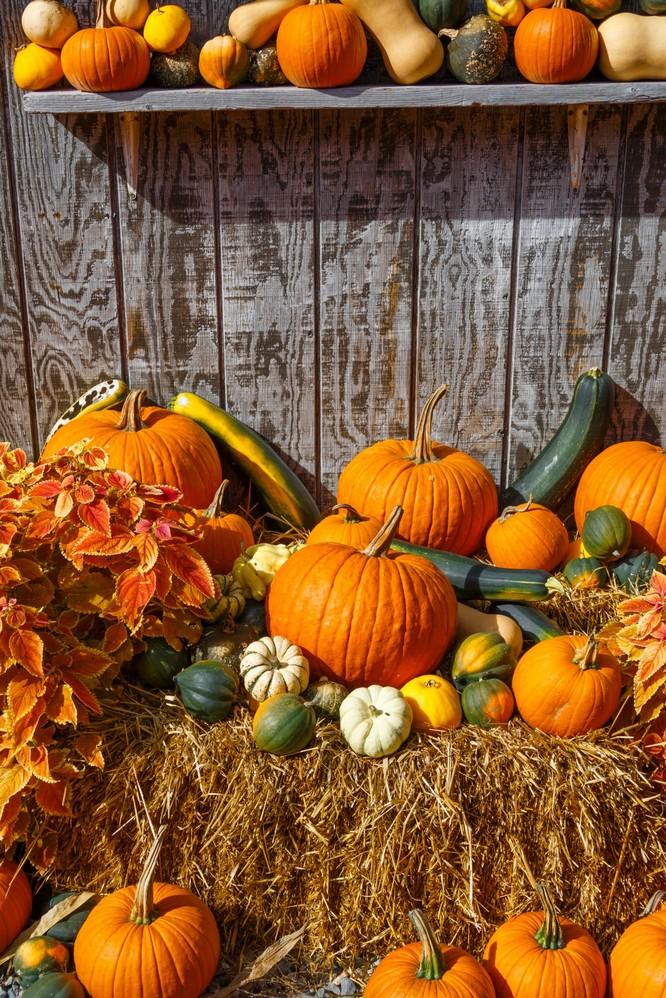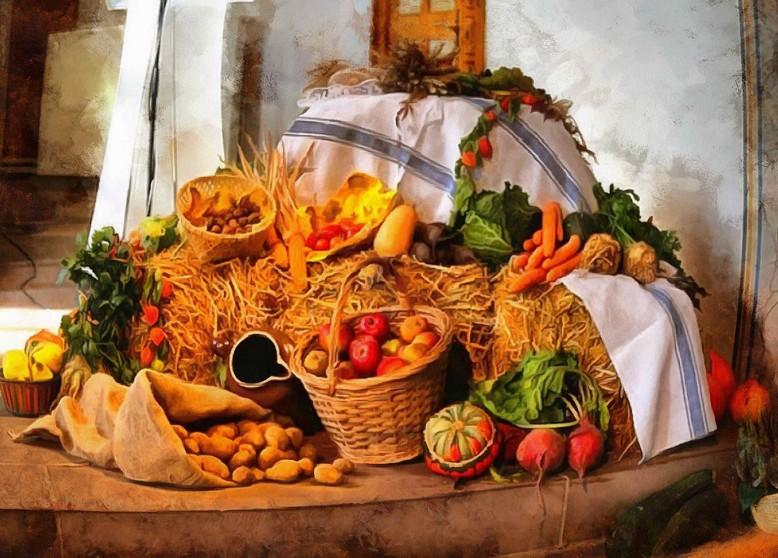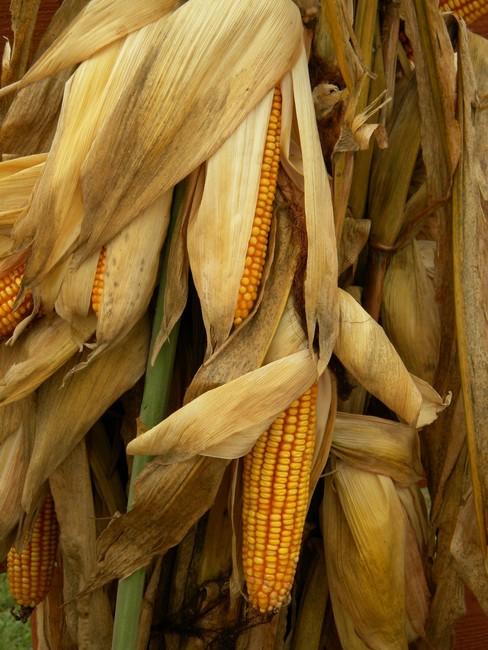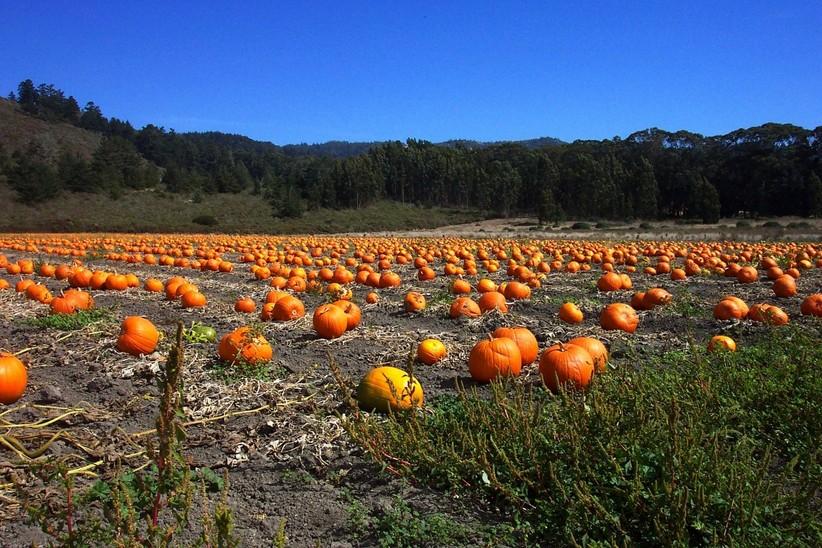
3 minute read
Harvest Season (Beem
The Connection Between Agriculture, Biodiversity, and Cultural Depreciation
Sophia Beem
Advertisement
What is biodiversity? What is biodiversity? Biodiversity is the variety of life on Biodiversity is the variety of life on Earth! Biodiversity and biodiversity loss can be measured Earth! Biodiversity and biodiversity loss can be measured by species richness, genetic diversity, and ecosystem by species richness, genetic diversity, and ecosystem diversity in a particular area. diversity in a particular area.
How Biodiversity Affects Agriculture
As we enjoy the season of corn mazes and pumpkin harvests, we should also pay attention to the way the environment plays a role in our farming. Biodiversity has been fundamental to evolving farming systems thro ughout human history . However, sustainable agriculture suffers as a result of biodiversity loss. Biodiversity loss increases genetic uniformity, and this homogenizati on of species and farming systems causes vulnerability to pests and diseases that decrease productivity and nutrient value . Concerns of genetic uniformity apply to other agricultural factors too, not just crops. The loss of insect diversity ruins pollination processes, the loss of s oil diversity decreases fertility and productivity, and the loss of habit at diversity increases risk of contaminants and pests.
How Agriculture Affects Biodiversity
Agricultural practices, while harmed by biodiversity loss, also contribute to said loss. Human inputs to agriculture such as pesticides and GMOs succeed in producing higher yields, but adversely pollute the air, water, and soil, which eradicates species . Also, the rapid expansion of agriculture to previously wild areas eliminates ecosystems. This expansion contributes to greenhouse gas emissions from fossil fuel use, land clearing, metha ne emissions, and nitrous oxide emissions from fertilizer use. Agriculture, biodiversity, and climate are all intricately connected. Greenhouse gas emissions from agriculture generate climate change, which is detrimental to the environment as well as farming practices. In addition, industrialized uniformity has overcome the agricultural landscape, eliminating diverse a gricultural systems such as traditional agroforestry and indigenous shifting cultivation systems. Th ese diverse systems were critical because they placed less pressure on the environment and supp orted water retention, nutrient cycling, and decomposition. 15
Cultural Consequences
There are many consequences resulting from biodiversity loss via agriculture. Firstly, losing diverse farming systems in favor of monocultural models devalues local knowl edge and traditions concerning farming and plant resources . Racial justice and environmental justice are connected, and the loss of traditional agricultural practice is one way that both racialized groups and biodiversity are harmed. While this relevant cultural intelligence depreciates, the global population continues to grow while food needs follow suit. Food insecurity has become a very prevalent issue. Food demand increases the conversion of land to agriculture, instituting a vicious cycle: agri cultural expansion causes biodiversity loss, and biodiversity loss harms the crop output and decreases productivity, sustainability, and nutrient value in the food that is needed . Food insecurity primarily affects marginalized and impoverished groups of people, who are d isproportionately harmed by environmental issues such as this one.



What can we do?
The relationship between agriculture, environment, cultural assimilation, and food security creates a precarious tension. A multidisciplinary approach is required to work towards a solution for this issue. But what can everyday people do to help? Contacting local politicians, joining protests, signing petitions, and making donations or volunteering for environmental organizations are all ways to encourage actions taken towards positive change. Education is also key. Staying up to date on research advancements and encouraging others to stay informed on biodiversity conservation and agricultural systems is vital, as many do not understand this complex conflict. Finally, buying from sustainable markets, supporting local traditional farming practices, and e ven encouraging wildlife in one’s garden by growing food, all directly contribute to promoting sustainable agricultural practices that increase biodiversity . Next time you are out apple picking or picking out the perfect pumpkin for your jack-olantern, think about sustainable agriculture, and the ways it is interconnected with environmental and cultural preservation!






